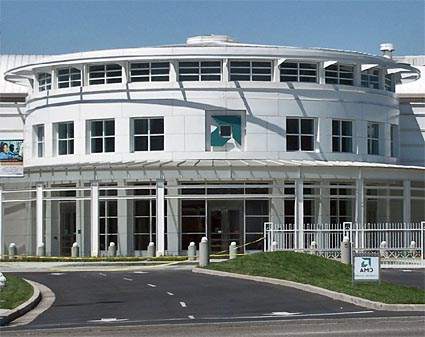AMD has confirmed the hire of CPU master Jim Keller, a high-level chip architect who previously worked at Apple designing custom ARM-based processors for the iPad and iPhone.
Keller is expected to lead AMD’s x86 microprocessor design efforts, with a focus on developing both high-performance and low-power processor cores.

“All in all, this is a good thing for AMD, and not nearly so good for Apple. The litany of execs leaving AMD of late has caused [us] to say that nothing good can come of this far too often for our liking lately,” Silicon Valley tech guru Charlie Demerjian wrote in an analysis posted on SemiAccurate.
“This time, all we can say is that a lot of good can and will come of this. Jim Keller is one of the good ones, and you don’t leave directorships at Apple without a damn good reason.”
As noted above, Keller was most recently a director in the platform architecture group at Apple focusing on mobile products, where he designed several generations of mobile processors, including the chip families found in millions of Apple iPads, iPhones, iPods and Apple TVs.
Prior to Apple, Keller was VP of design for P.A. Semi, a fabless semiconductor design firm specializing in low-power mobile processors that was acquired by Apple in 2008. While there, he led the team responsible for building a powerful networking SoC and its integrated PowerPC processor.
Keller previously worked at SiByte and Broadcom as chief architect for a line of scalable, MIPS-based network processors that supported 1Gig networking interfaces, PCI and other control functions. Before Broadcom, he spent several years at AMD, playing an instrumental role on the design team responsible for the Athlon 64 and Opteron 64 processors, which featured the world’s first native x86-64 bit architecture.
Keller also co-authored the widely adopted HyperTransport specification, as well as the x86-64 processor instruction set, which is used around the world today in hundreds of millions of desktop, notebook and server systems.






